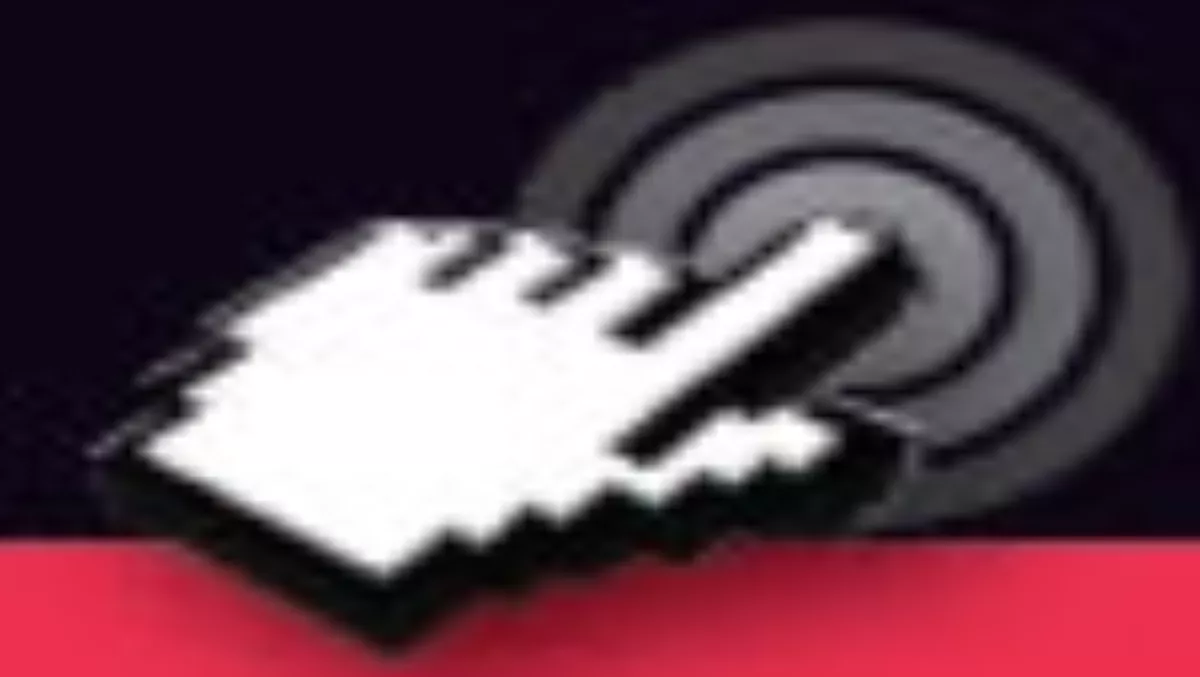
HOW TO DOWNLOAD TORRENT FILES
While often conflated with the issue of illegal file sharing, torrenting is in fact one of the most practical, fast and easy ways of downloading content, and may just be one of the best kept secrets on the internet.File sharing is often referred to as peer-to-peer, or P2P. ‘Peers’ are both suppliers and consumers of online resources. Essentially, torrent sharing allows you to search files from huge databases and download at very high speeds. Better yet, torrent sharing is a free process. If you’re looking for a file on the internet, chances are you can find it through a torrent.So what sort of stuff can I get?Movies, music, TV shows, software - the list is huge. If you’ve been looking for something especially rare, chances are you’ll find it somewhere as a torrent. However, the usual warnings about possible breaches of copyright apply (see page 63 for more).How does it work?Torrent sharing is a little different from other peer-to-peer file sharing systems that you may be familiar with. It uses something called BitTorrent clients - protocols that facilitate the sending and receiving of files quickly. It provides a platform for individual users to serve files, making it perfect for the trafficking of very big or very popular files, by allowing users to download files from many sources simultaneously (even from people who are currently downloading the file at the time), which increases the availability of rare files and also boosts download speeds significantly. What do I need to get started?You’ll need, first and foremost, a torrent client. This is what you’ll use to open your torrent files, which in turn will allow you to download the file you’re after (it sounds more complicated than it is).WHich one to choose?Any popular torrent client will do. I’ve had great success with uTorrent (www.utorrent.com), and recommend it. If you really want to have all the facts before you choose which one is for you, visit tinyurl.com/yjes9c4 for a (very) comprehensive comparison of features. Many people seem to be scared off from torrenting because the process sounds more complicated than more familiar file-sharing systems like Kazaa or Limewire. The truth is that torrents are a breeze to use, and once you’re up and running you won’t look back. Download and install your BitTorrent client and follow the setup instructions. Finding a torrentThe easiest way to find cool torrent files is to simply do a Google search for what you’re after; just include the word ‘torrent’ in your search. Alternatively you can Google a search like ‘find torrents’ or ‘torrent directory’ (see the boxout below for more options).Get itWhen you’ve found your torrent, click ‘download’. The torrent file itself is very small (usually about 1 to 2kb), but it contains all the information your computer needs to find the pieces of the files you’re searching for. Once the dialogue button comes up asking if you want to save or open the file, just click ‘open’ and chances are your torrent client will open at the same time. (If it doesn’t just save the file, then select it, click ‘open with’ and select whatever torrent client you are using).Getting rid of fillerOpening or saving the torrent file will bring up a dialogue box, showing you just what files are included in the torrent. You’ll notice that each listing is accompanied by a check box. If you leave this as is, you’ll download everything included in the file. If you are only after, say, one or two tracks from an album or just a few text files out of a collection, you can just select the parts you want and that’s all you’ll download. Click ‘OK’ and your download will begin. Hang on, is this legal?It depends on what you’re downloading. Many people do use torrent clients to exchange files in an illegal way. However there is plenty of legitimate content out there - freeware, shareware and public domain material, as well as material by artists who support file sharing - and torrents are a great way to source it. You’ll have to make your own judgement calls about what content you download, and if you deliberately share files that you know to be copyrighted, you do so at your own risk. Keeping it cleanOne of the problems with torrent sharing, as with any other sharing, is the fact that you don’t always know what you’re getting. There are plenty of shady characters out there who would like nothing more than to trick you into downloading malware onto your computer, thinking it’s something else. The best thing you can do to avoid this scenario is to be diligent about scanning your downloaded files before you open them. Get a good anti-virus program (or two) and scan every new file that you download. Know your limitsIf you’re on a limited data plan, make sure you turn off your client when you’re finished downloading your file! Remember: while it’s running there’s a good chance you’ll be called on to serve your torrent files to someone else - if this happens over the course of days or weeks, you may get a nasty shock next time your bill comes around.

